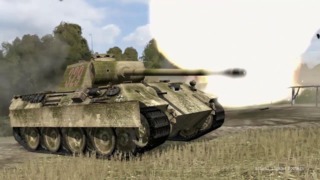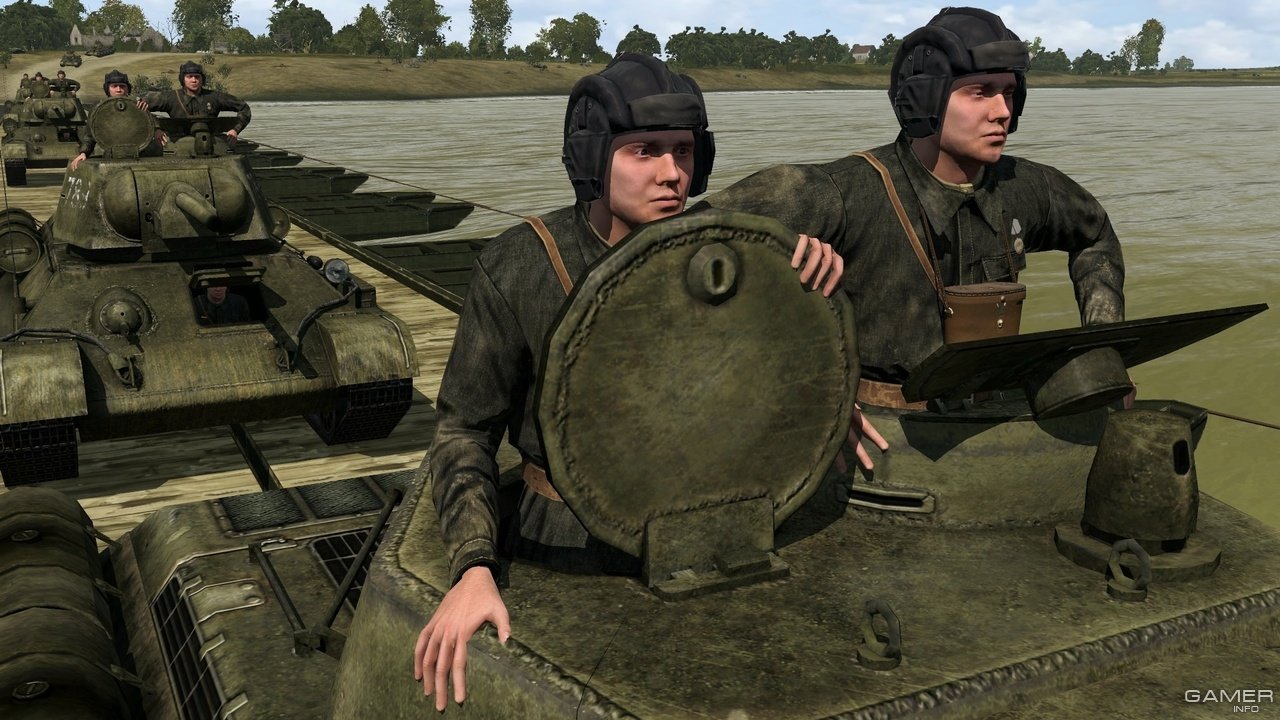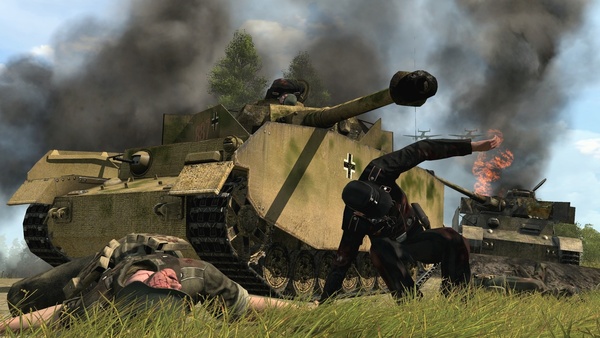
From the spring of 1944, the Allied command had assisted in these efforts. In the following years, Tito repeatedly tried to reinforce the partisan forces in Serbia with experienced units from Bosnia and Montenegro. Consequently, although Serbia had great significance to the Germans, very few troops actually remained there according to Schmider only about 10,000 in June 1944. Army Group F headquarters ( Generalfeldmarschall von Weichs) in Belgrade acted as a joint high command for these formations, as well as for Bulgarian and Quisling formations.Īfter the collapse of the uprising in December 1941, anti-Axis activity in Serbia decreased significantly, and the focus of resistance moved to other, less populated areas. In August 1943, the German Wehrmacht had two army formations deployed in the Balkans: Army Group E in Greece and the 2nd Panzer Army in Yugoslavia and Albania. These summer months were the best the movement had ever seen there were more recruits than could be armed or trained, desertions from the enemy reached high numbers one by one the objectives of resistance were reached and taken.
IRON FRONT LIBERATION 1944 HIGH COMMAND FREE
Another general offensive on their front was unthinkable, and by September it was clear that Belgrade and the whole of Serbia must shortly be free of them. īackground Developments in Yugoslavia īy the summer of 1944, the Germans had not only lost control of practically all the mountainous area of Yugoslavia but were no longer able to protect their own essential lines of communication. There were additional skirmishes between Bulgarian forces and German anti-partisan regiments in Macedonia that represented the campaign's southernmost combat operations. Simultaneous operations in the south involved the Bulgarian 2nd Army and Yugoslav XIII Army Corps, and the incursion of the 2nd Ukrainian Front northwards from the Yugoslav-Bulgarian border placed additional pressure on German command. The spearhead of the offensive was executed by the Soviet 3rd Ukrainian Front in coordination with the Yugoslav 1st Army Corps. The primary objectives of the Belgrade offensive centered on lifting the German occupation of Serbia, seizing Belgrade as a strategic holdout in the Balkans, and severing German communication lines between Greece and Hungary. These martial provisions allowed Bulgarian forces to engage in operations throughout Yugoslav territory, which furthered tactical success while increasing diplomatic friction. Martial planning was coordinated evenly among command leaders, and the operation was largely enabled through tactical cooperation between Josip Broz Tito and Joseph Stalin that began in September 1944. Soviet forces and local militias launched separate but loosely cooperative operations that undermined German control of Belgrade and ultimately forced a retreat. The Belgrade offensive or the Belgrade strategic offensive operation ( Serbian: Београдска операција / Beogradska operacija Russian: Белградская стратегическая наступательная операция, Belgradskaya strategicheskaya nastupatel'naya operatsiya) (15 September 1944 – 24 November 1944) was a military operation during World War II in Yugoslavia in which Belgrade was liberated from the German Wehrmacht through the joint efforts of the Soviet Red Army, Yugoslav Partisans, and the Bulgarian Army. Chetnik sabotage of Axis communication lines.9 Mission Rising Storm Campaign (Playing as the Americans).Steam Achievements, Cloud Saves and Trading Cards.Charts covering terrain effects, shooting modifiers and ranged weapons.Help covering each unit type including stats and information.Detailed combat analysis - see how the different factors such as terrain and armor affect the potential outcome.

Advanced tactical features including flank attacks, airstrikes, strategic movement, indirect fire and mounting and dismounting from vehicles.Four troop classes Raw, Average, Veteran and Elite.

Take command of an American battle group during WW2 in this turn based strategy wargame and help liberate Europe from the evil Axis power-base!

Instantly get involved in the action by joining the Allied invasion of Europe during the Second World War.


 0 kommentar(er)
0 kommentar(er)
